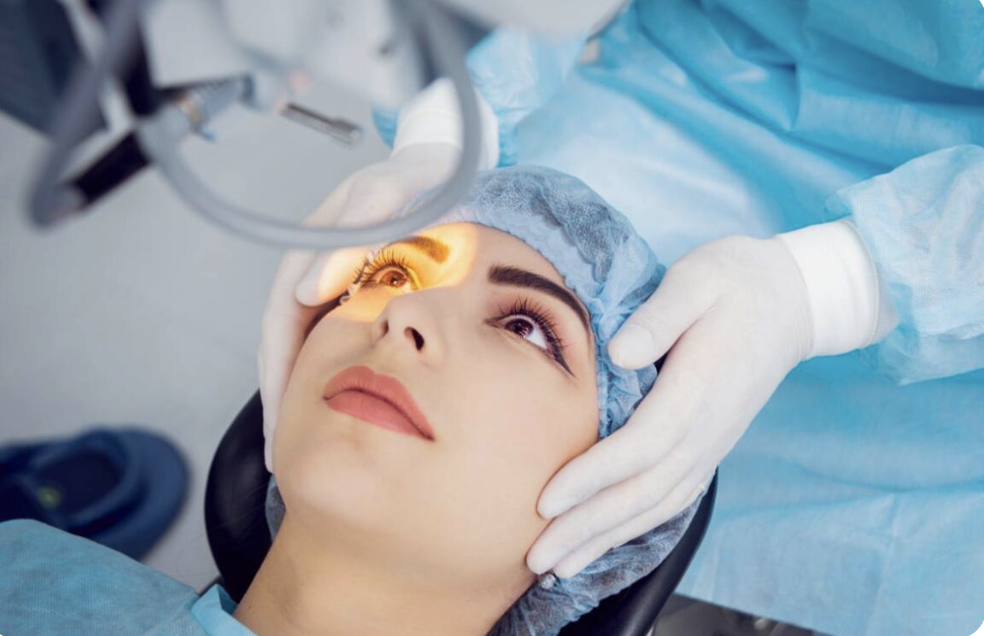
Hassle-free Consultation

Smooth Surgeries

Expert Doctors

Trusted Hospitals

Kidney stones are one of the most painful health conditions that people experience. In India, 5 out of 10 people suffer from kidney stones. So, treating this medical condition has to be affordable and hassle-free. Here at Aapkacare Health, we will take off your kidney stone treatments. We will provide you with the best doctors and surgeons near you at an affordable price. For more information on your condition, book an appointment today and get the best treatment with Aapkacare Health.
AapkaCare Provides Top Doctors
Kidney stones, also known as renal calculi or nephrolithiasis, are hard, crystalline kidney deposits. These stones can vary in size and composition and may develop in one or both kidneys. Kidney stones can be quite painful and can cause various symptoms and complications. Kidney stones are made up of different substances. The most common types include calcium oxalate, calcium phosphate, uric acid, and struvite stones. The composition of the stones can influence its treatment and prevention.


Kidney stones are often associated with intense pain, commonly called renal colic.

Kidney stones can cause blood to appear in the urine

ome people with kidney stones may experience discomfort or pain while urinating.

Nausea and vomiting can be experienced if a person has kidney stone

Pain from kidney stones can be felt on one side of the body, often in the lower back or side.

Kidney stones can lead to infection, which may result in fever and chills.
When the volume of hazardous waste in the urine exceeds the volume of fluid in the bladder, pelvic ureteric junction and ureter, kidney stones develop.

Consuming too much calcium through diet or supplements can lead to the formation of calcium-based kidney stones, particularly calcium oxalate stones.

Low fluid intake can result in concentrated urine, making it more likely that substances in the urine will crystallize and form stones.

A condition characterized by elevated calcium levels in the urine can increase the risk of calcium-based stones

A family history of kidney stones can increase an individuals susceptibility to stone formation

Obesity is associated with several factors that can Increase the risk of kidney stones, including dietary habits and metabolic changes

Structural abnormalities in the urinary tract, such as narrow ureters, can slow the urine. flow, allowing crystals to accumulate and form stones.

At Aapkacare Health we provide well-experienced and highly qualified doctors to give you the most accurate diagnosis and health care advice.

To consult our skilled surgeons for any problems or to undergo cataract surgery, visit the nearest Eye clinic in Pune with Aapkacare Health. You can also schedule an online appointment and speak with the doctor live on video. Make an appointment at Aapkacare Health to speak with the Eye surgeons in Pune. The Pune Aapkacare Health multi-specialty clinics for Ophthal are sanitised, COVID-safe, and well-equipped. Book an appointment for the most advanced cataract procedure in Pune.
Aapkacare Health finds you the most affordable prices for your Cataract in Pune. Even so, the exact cost is hard to pinpoint since your Cataract surgery cost depends on various factors such as age, medical history, type of surgery, etc. Call us today to get a personalised cost breakdown.

